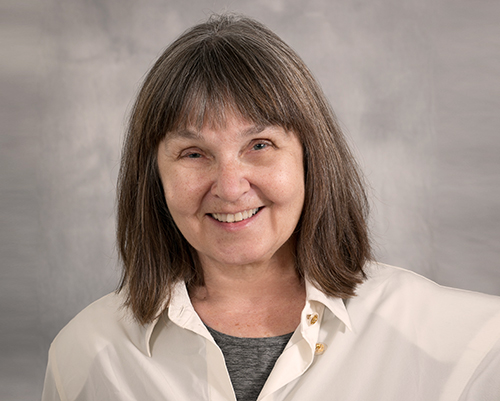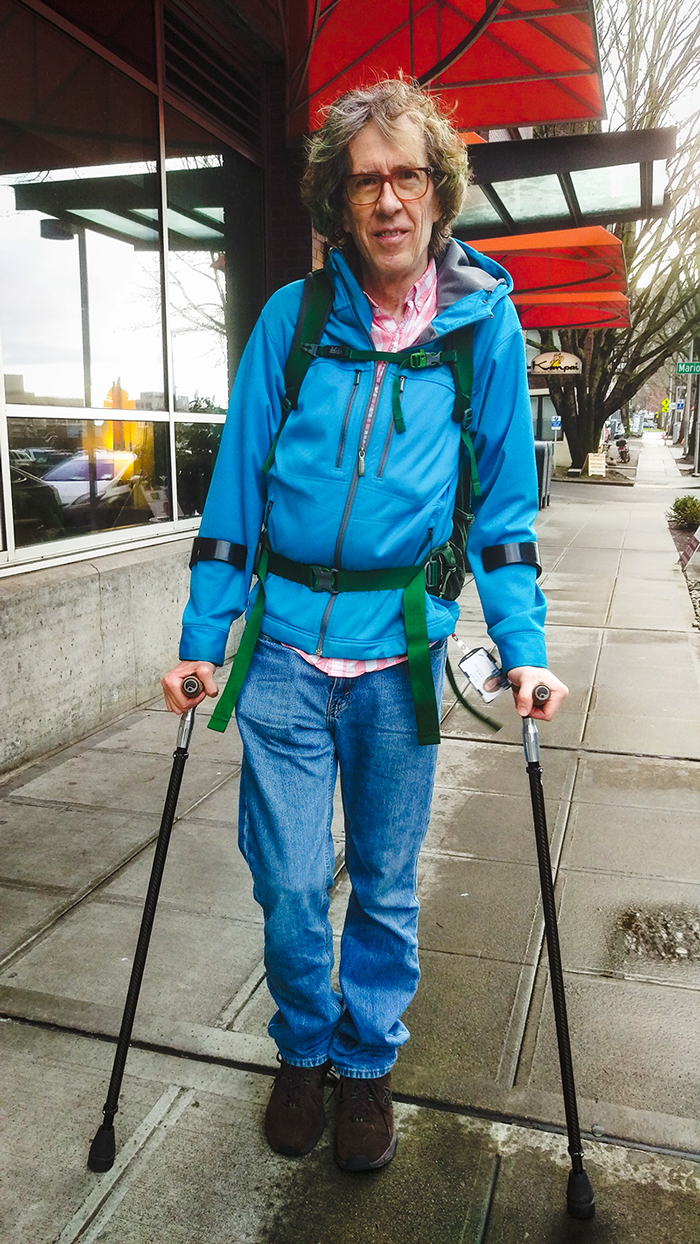 Normally, I’d have spent the last few months tracking spinal cord injury research. I’d have done my thing with new peer-reviewed publications, sifting through the jargon with a pen in one hand and a medical thesaurus in the other, multiple laptop tabs open to university and corporate pages. Every time I’ve produced an article for this magazine, it’s been the same process, the same effort to first comprehend and then translate what’s happening in the worldwide effort to repair damaged spinal cords.
Normally, I’d have spent the last few months tracking spinal cord injury research. I’d have done my thing with new peer-reviewed publications, sifting through the jargon with a pen in one hand and a medical thesaurus in the other, multiple laptop tabs open to university and corporate pages. Every time I’ve produced an article for this magazine, it’s been the same process, the same effort to first comprehend and then translate what’s happening in the worldwide effort to repair damaged spinal cords.
I write with an imagined “you” in mind — “you” being the person I was when my husband broke his neck more than 19 years ago. In a way, I am always speaking to that confused and anxious version of myself: It will be OK, but not right away. Here’s what you need to know, and here’s what you can safely ignore. Here’s who you can trust. Here’s the truth about this injury and how it will, someday, be healed.
Today I find that I’m closer to that 2001 Kate than I’ve been in years, because the pandemic has brought back so much of the emotional and psychological flavor of those days. There isn’t much by way of new research to report right now, especially in the United States. Universities went into lockdown with the rest of us in the spring, and scientists were forced to stop their work and try to come up with ways to make it safe to continue. Those who were working in clinics, doing trials of new therapies with spinal-cord-injured volunteers, had to call it all to a halt.
Call it all to a halt.
Does that sound familiar? To me, these six short words concisely describe both the situation inside my husband’s central nervous system and the early months post-injury in our family. Stop whatever you are doing, right now. Cancel all your plans. We need to figure out what this is.
Most people reading this will have their own story of that abrupt halt. On March 7, 2001, I had been planning to see a friend launch her new book at a local bookstore. My husband had been planning to take our preteen daughters to their Wednesday night choir practice. Instead the girls and I sat at the trauma center waiting room while doctors worked to stabilize him. Our lives as we’d known them had stopped, but we didn’t know it yet.
The COVID-19 Shut Downs Feel Familiar
The coronavirus has rolled over us all like a slow-motion version of that night, and as the months pass, I keep having an odd sense of déjà vu — the feeling that I’ve been here before. Our home is in Seattle, where the person then thought to be the first in the United States killed by COVID-19 was reported dead on February 29. Throughout March, April and May, the job was to cancel every plan that involved leaving our apartment. Our lives as we’d known them just stopped, but we didn’t understand it yet.
My sense is that we who have come through the sudden and lasting trauma of paralysis entered the pandemic with a tool set others lacked. I’ve been watching the world catch up, slowly. At first there was just disbelief. This happened in China, and then in northern Italy, but it won’t be like that here. Other people break their necks skiing, but not my husband.
Disbelief was followed by an overload of information, none of which answered the one question that mattered. When will this be over? We all saw the authorities, political and medical, stand up in front of microphones and act out the small, familiar dramas. There were the minimizers (by Easter!) and the realists (12 to 18 months, if we’re very lucky). I witnessed this and thought of the eager optimism of my father-in-law, who was prepared to cling to any bit of hopeful news, confronted with the impassive faces of doctors who steadfastly refused to speculate.
I remember also how frustrating it was to try to extrapolate from what I saw to what was possible. The 2001 me wanted to know things like, what does it mean that my husband has this particular bit of motor return? Can we expect more change? How can we maximize it? The 2020 me pores over the endless coronavirus transmission data, trying to figure out what it means that this city or that state is having a spike, and that one seems to have achieved containment. How did they do it? What can we learn?
Now, as then, the cold truth seems to be that we don’t know enough yet. There’s not enough reliable data, and anyway we seem to be at a place in the pandemic that’s like the early post-injury weeks, where so much is still in flux that we hardly have the questions formed before they change again.
At least I know better than to think there will be a simple or speedy resolution. I’ve learned the hard way to be wary of people selling me hydroxychloroquine, “stem cells,” or an untested vaccine from Russia. Thanks to spinal cord injury, I know what a safety trial is and why it matters. I know that careful science is tedious, irritating and necessary.
The pandemic echoes for much of the world what so many of us have endured. The loneliness and isolation, the loss and fear, the confusion and rage — all of it plays out on my laptop and in electronic media, day after day. We hate this. We want to go back to normal. I listen to people talking about missing sports and dancing, and I think, tell me about it. I understand the frustration of people who have been forced to curtail their activities even though their own risk of infection or serious outcome is low. Family caregivers know in a deep way what it is to shift into protective mode, which is exactly what entire communities are now being asked to do. There is a cost.
The distorted sense of time, maybe, is what resonates most strongly. There were days during the hospital in-patient phase when it felt as if I’d been sent to the moon, an airless space outside the normal passing of hours and days. There were no milestones, no activities, nothing to look forward to beyond the next few hours. That’s how the lockdown in March and April felt, and even now I find myself turning the pages of the calendar, surprised to see that another month is gone, resigned to the sameness of what will happen next.
I don’t envy people for whom all of this is completely new. I like to imagine that when the uncertainty of this time has passed, there will be a shared understanding that what each of us does matters to all of us. There was a time when, for my husband, a cut on his heel was just annoying. Now a cut on his heel or anywhere else is a threat to his whole system if we don’t catch it and treat it quickly. This, I think, is also what global travel has created for humanity: A virus in one place, no matter how distant or unheard of, is a threat to all of us. We can learn that lesson. We have to learn that lesson.
** This post was originally published on https://www.newmobility.com/2020/10/weve-been-here-before/


